In the intricate ballet of cellular biology, few processes are as elegantly precise as membrane fusion. This fundamental mechanism governs everything from neurotransmitter release to hormone secretion, yet its inner workings remained enigmatic for decades. The discovery of SNARE proteins and their "zipper-like" action has revolutionized our understanding of how cells overcome the natural repulsion between lipid bilayers to achieve controlled fusion.
The term SNARE (Soluble NSF Attachment Protein REceptor) belies the dramatic mechanical action these molecules perform. Like microscopic Velcro strips with perfect specificity, SNARE proteins from opposing membranes engage in a stepwise, irreversible binding that literally pulls membranes together. The energy released during this process – estimated at 35 kT – proves sufficient to overcome the substantial energy barriers preventing spontaneous membrane merger.
What makes SNARE proteins extraordinary is their binary nature. Vesicle-associated v-SNAREs and target membrane t-SNAREs represent two halves of a molecular code. The archetypal neuronal SNARE complex consists of syntaxin-1 and SNAP-25 (t-SNAREs) on the plasma membrane binding with synaptobrevin (v-SNARE) on synaptic vesicles. Their α-helical SNARE motifs intertwine in parallel four-helix bundles, forming an exceptionally stable coiled-coil structure that provides the mechanical force for fusion.
Recent cryo-EM studies have captured the SNARE complex in mid-zipper conformation, revealing how incremental folding creates progressive tension. The zipping initiates at the membrane-distal N-termini and proceeds toward the membrane-proximal C-termini like a slowly closing jacket zipper. This directional assembly serves as a built-in safety mechanism – partial zipping allows for regulatory checkpoints while preventing premature fusion.
The physics behind this process is remarkable. As the SNARE complex zips, it shortens by approximately 12 nm, generating sufficient force to deform the membranes. Molecular dynamics simulations show this action induces high curvature in the lipid bilayers, bringing them within 1 nm of each other – the critical distance where hydration repulsion gives way to attractive van der Waals forces. At this point, the energy barrier collapses and hemifusion occurs spontaneously.
Regulation of this system is as sophisticated as the fusion machinery itself. Sec1/Munc18 (SM) proteins act as molecular chaperones, proofreading SNARE partnerships and controlling assembly kinetics. Meanwhile, complexin clamps partially zipped SNAREs in a metastable "super-primed" state, awaiting the calcium trigger provided by synaptotagmin. This multilayered control ensures fusion occurs only at the right place and time, with millisecond precision in neuronal contexts.
Evolution has produced striking variations on this theme. While neuronal SNAREs specialize in speed, the yeast vacuolar fusion machinery emphasizes redundancy, employing multiple SNARE combinations for a single fusion event. Intriguingly, some intracellular SNARE complexes zip bidirectionally, assembling from both ends simultaneously. These adaptations highlight the versatility of the core zipper mechanism across different biological contexts.
The clinical implications of SNARE biology are profound. Botulinum neurotoxins – among the most potent biological toxins known – exert their effect by cleaving specific SNARE proteins. Conversely, genetic defects in SNARE regulation underlie neurological disorders including epilepsy and movement disorders. Pharmaceutical targeting of SNARE assembly intermediates represents an emerging therapeutic frontier for secretory disorders.
As single-molecule fluorescence techniques advance, researchers are now observing individual SNARE zipping events in real time. These experiments confirm that zipping occurs in discrete, quantized steps rather than as a smooth continuous process. Each step corresponds to the formation of another layer of the coiled-coil structure, providing direct evidence for the incremental force generation model.
From an engineering perspective, the SNARE system achieves what human technology cannot – reliable, energy-efficient manipulation of matter at the nanoscale. Synthetic biologists are now attempting to harness this mechanism for drug delivery systems, with early prototypes demonstrating SNARE-mediated fusion between liposomes and target cells. Such bioinspired designs may revolutionize nanomedicine in the coming decades.
The study of SNARE proteins continues to yield surprises. Recent findings suggest certain SNARE complexes can undergo partial unzipping to abort fusion attempts, adding another layer of quality control. Other work indicates that the lipid composition itself influences zipping kinetics, meaning membranes don't just passively receive the SNARE machinery's commands but actively participate in the fusion decision-making process.
As we unravel more details of this molecular zipper, we gain not just knowledge about a fundamental biological process, but a masterclass in nature's solutions to nanoscale engineering challenges. The SNARE mechanism exemplifies how evolution crafts exquisite precision from simple molecular interactions – a reminder that some of the most advanced technology on Earth operates inside every living cell.

By /Jul 3, 2025
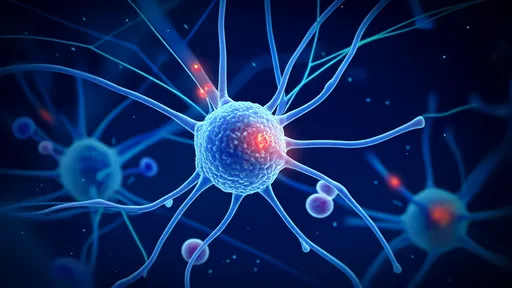
By /Jul 3, 2025
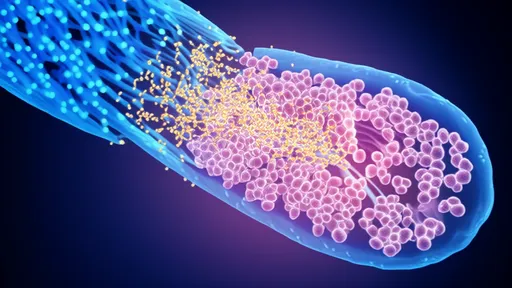
By /Jul 3, 2025
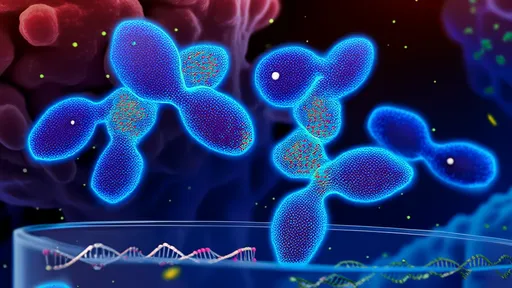
By /Jul 3, 2025

By /Jul 3, 2025
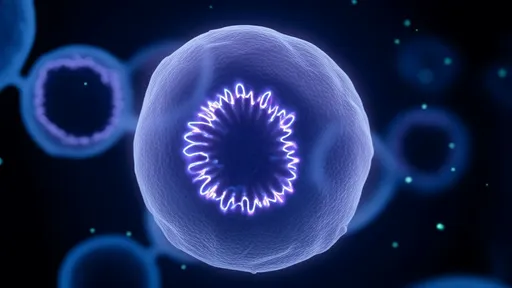
By /Jul 3, 2025
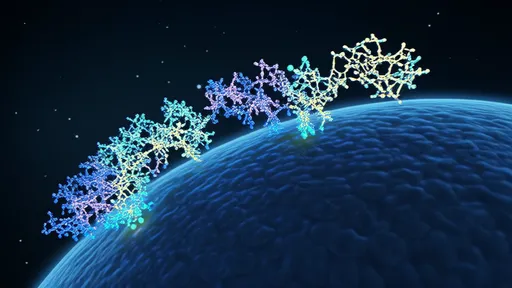
By /Jul 3, 2025
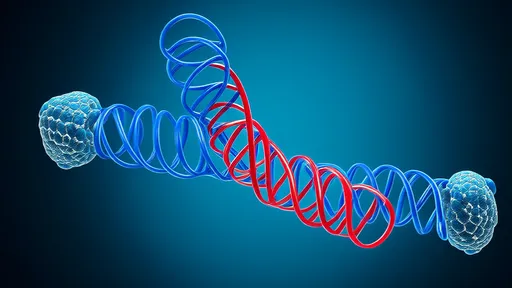
By /Jul 3, 2025

By /Jul 3, 2025
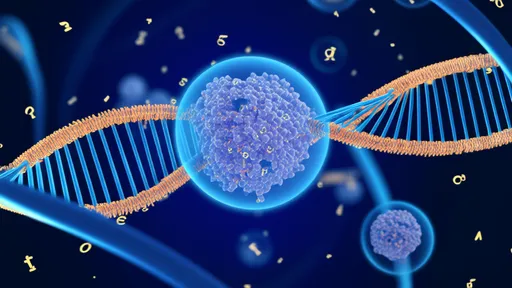
By /Jul 3, 2025
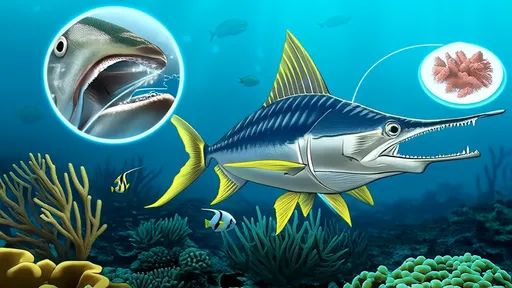
By /Jul 3, 2025

By /Jul 3, 2025

By /Jul 3, 2025

By /Jul 3, 2025

By /Jul 3, 2025
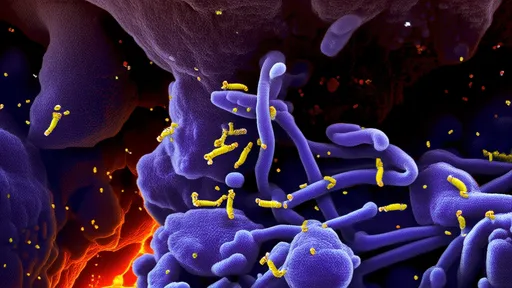
By /Jul 3, 2025
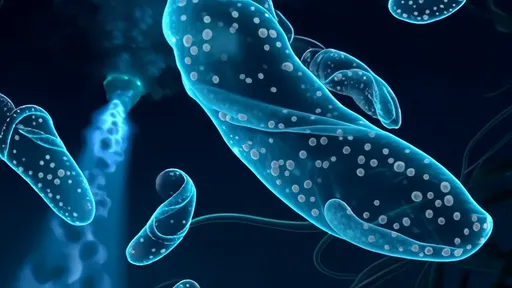
By /Jul 3, 2025

By /Jul 3, 2025